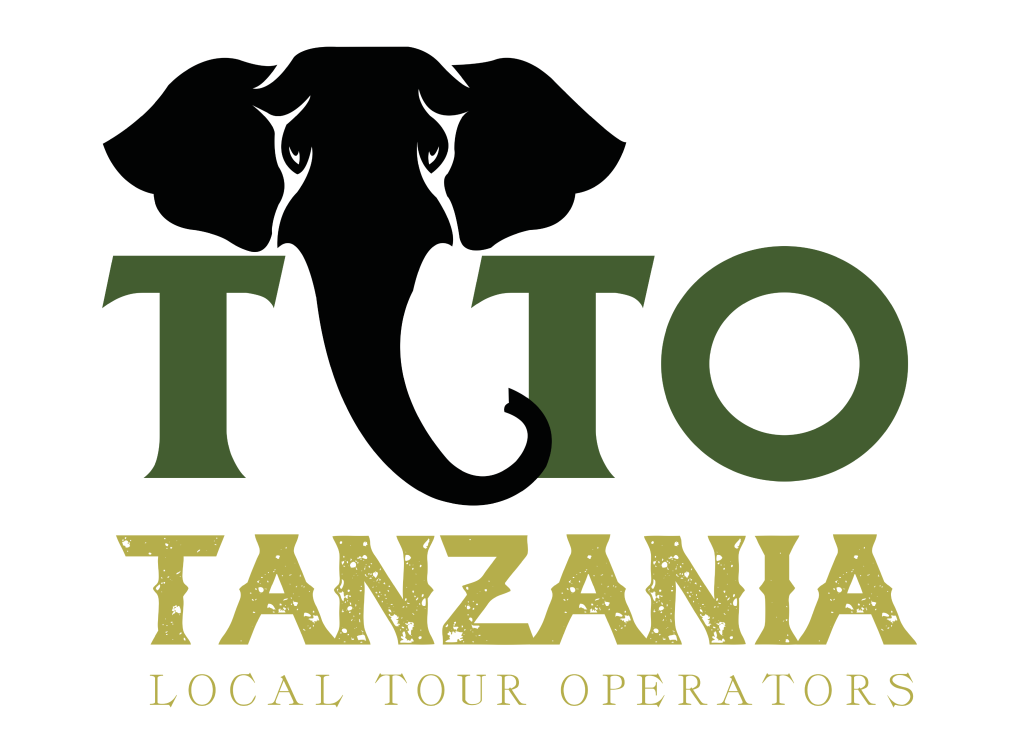Tarangire National Park is known for its majestic Baobab trees. These can grow to an enormous size and have a unique shape. The Park is also famous as it has the largest concentration of elephants in the world! You can see herds of up to 300 elephants around the Tarangire River
Tarangire National Park
Tanzania’s Tarangire National Park, a hidden treasure in the heart of East Africa, offers an incredible safari experience for those who yearn to witness the wonders of the African wilderness. However, choosing the right time to visit this magnificent park is crucial to maximize your safari experience. In this guide, we’ll take you through the best times to visit Tarangire National Park to ensure you make the most of your adventure.
1. Dry Season (June to October):
The dry season, often considered the best time to visit Tarangire, runs from June to October. During these months, the park experiences minimal rainfall, causing water sources to dwindle and making it easier to spot wildlife. Key highlights of the dry season include:
Wildlife Concentration: As water sources become scarcer, animals congregate around the Tarangire River, offering unparalleled game viewing opportunities. Large herds of elephants, zebras, wildebeests, and other herbivores flock to the riverbanks, attracting predators like lions, leopards, and cheetahs.
Migratory Birds: This is prime time for bird enthusiasts. The park welcomes an array of migratory bird species from Europe and Asia, making it a paradise for birdwatchers.
Balmy Weather: The dry season brings comfortable, sunny days and cool evenings, providing ideal conditions for safaris. It’s also the season when the park’s landscape is at its most picturesque, with golden grasslands and vibrant greenery along the river.
2. Wet Season (November to May):
While the wet season is less popular among tourists, it has its own unique charm and advantages:
Lush Greenery: The rainy months transform the park into a lush, green paradise. The landscape is adorned with blooming wildflowers and vibrant vegetation, creating a stunning backdrop for your safari.
Baby Animals: Many animals give birth during the wet season, leading to an abundance of adorable baby animals. This is an excellent time for wildlife photographers to capture these heartwarming moments.
Fewer Crowds: Tarangire sees fewer visitors during the wet season, offering a quieter and more intimate safari experience. Accommodation prices may also be lower, making it a budget-friendly option.
Birdwatching: Birdlife is still abundant, and birdwatchers will appreciate the numerous resident bird species that call Tarangire home.
3. Choosing the Ideal Time for Your Visit:
June to October: If your primary goal is to witness the incredible wildlife spectacle and enjoy comfortable weather, plan your visit during the dry season. Keep in mind that this is the high tourist season, so it’s advisable to book accommodations well in advance.
November to May: If you prefer a more tranquil safari experience, want to capture the park’s lush beauty, or have a particular interest in birdwatching, the wet season is a viable option. Just be prepared for sporadic rain showers.
In conclusion, Tarangire National Park offers a year-round opportunity to immerse yourself in the wonders of African wildlife and landscapes. Your choice of when to visit depends on your personal preferences and interests, but rest assured, Tarangire has something magical to offer during every season.




